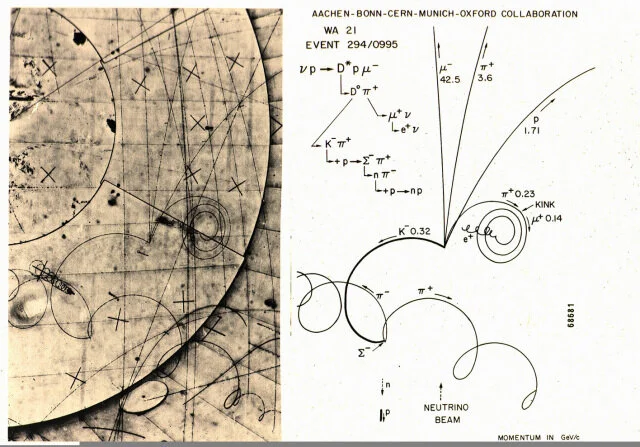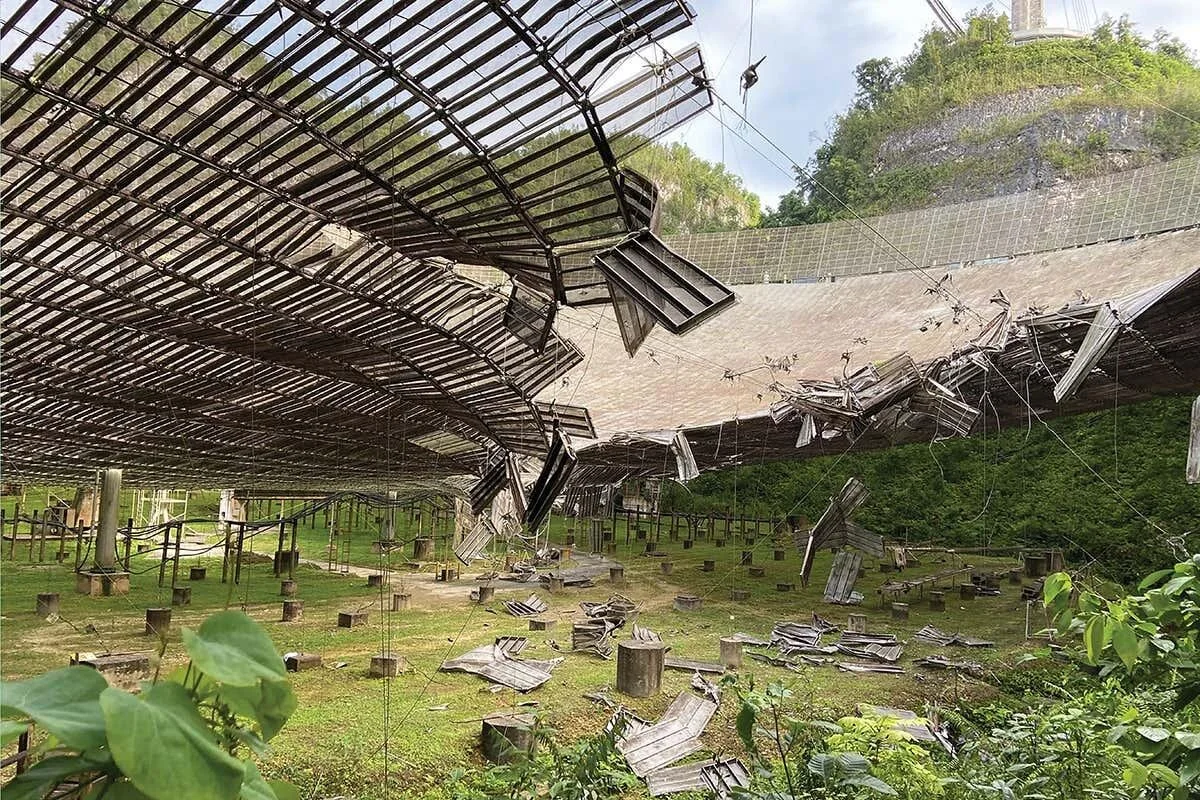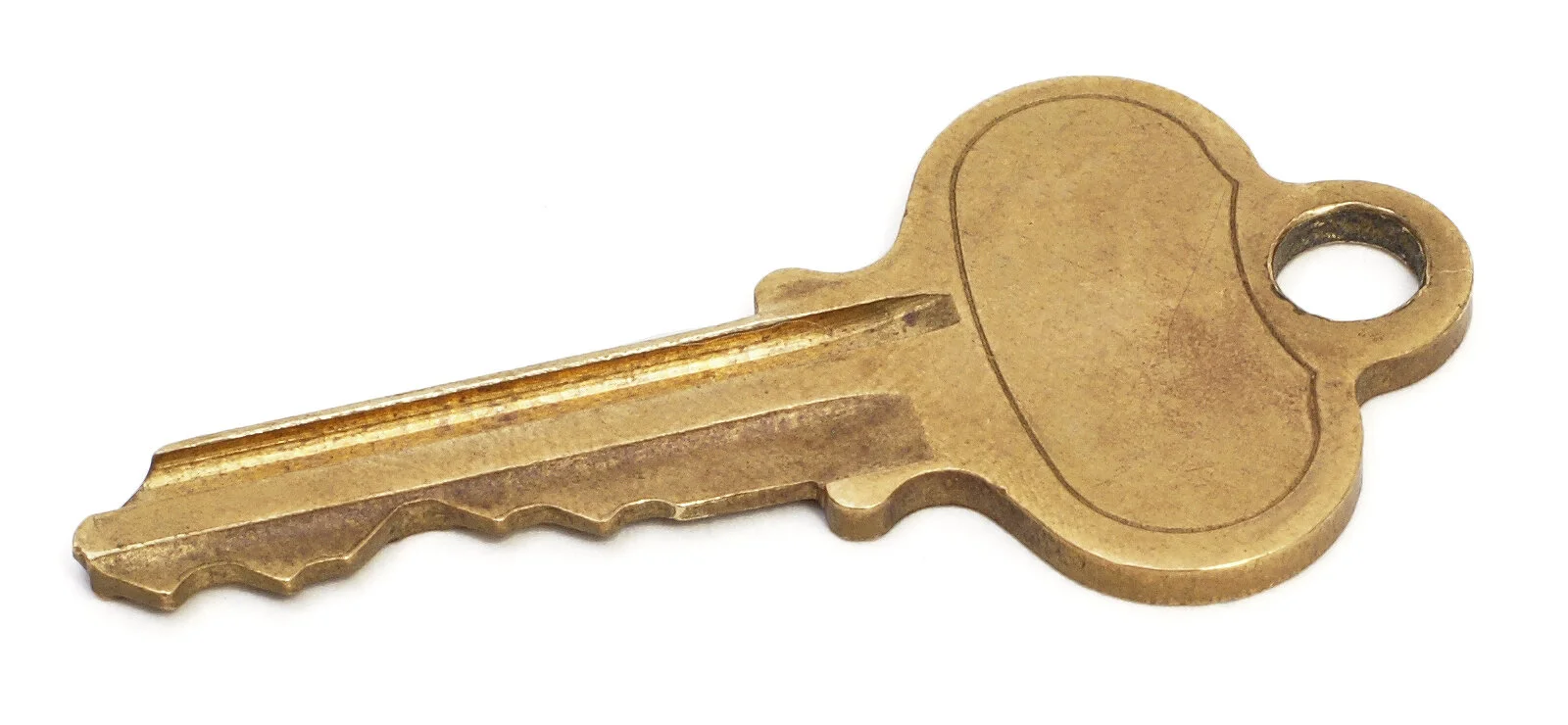Big European Bubble Chamber
The Big European Bubble Chamber was a detector using with the Proton Synchrotron and Super Proton Synchrotron at CERN in Geneva. Both machines are used now as part of the acceleration stages for the big LHC ring.
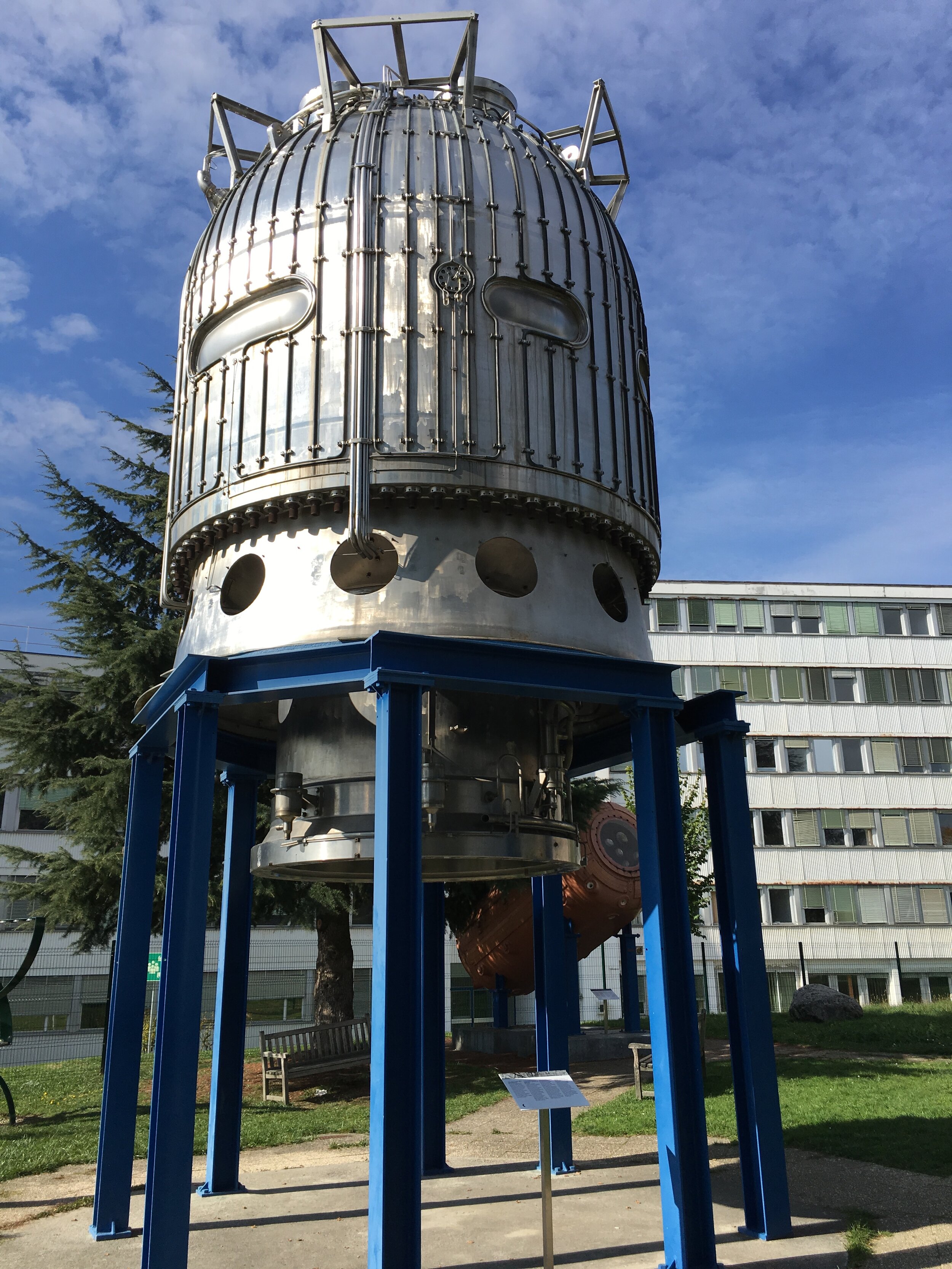
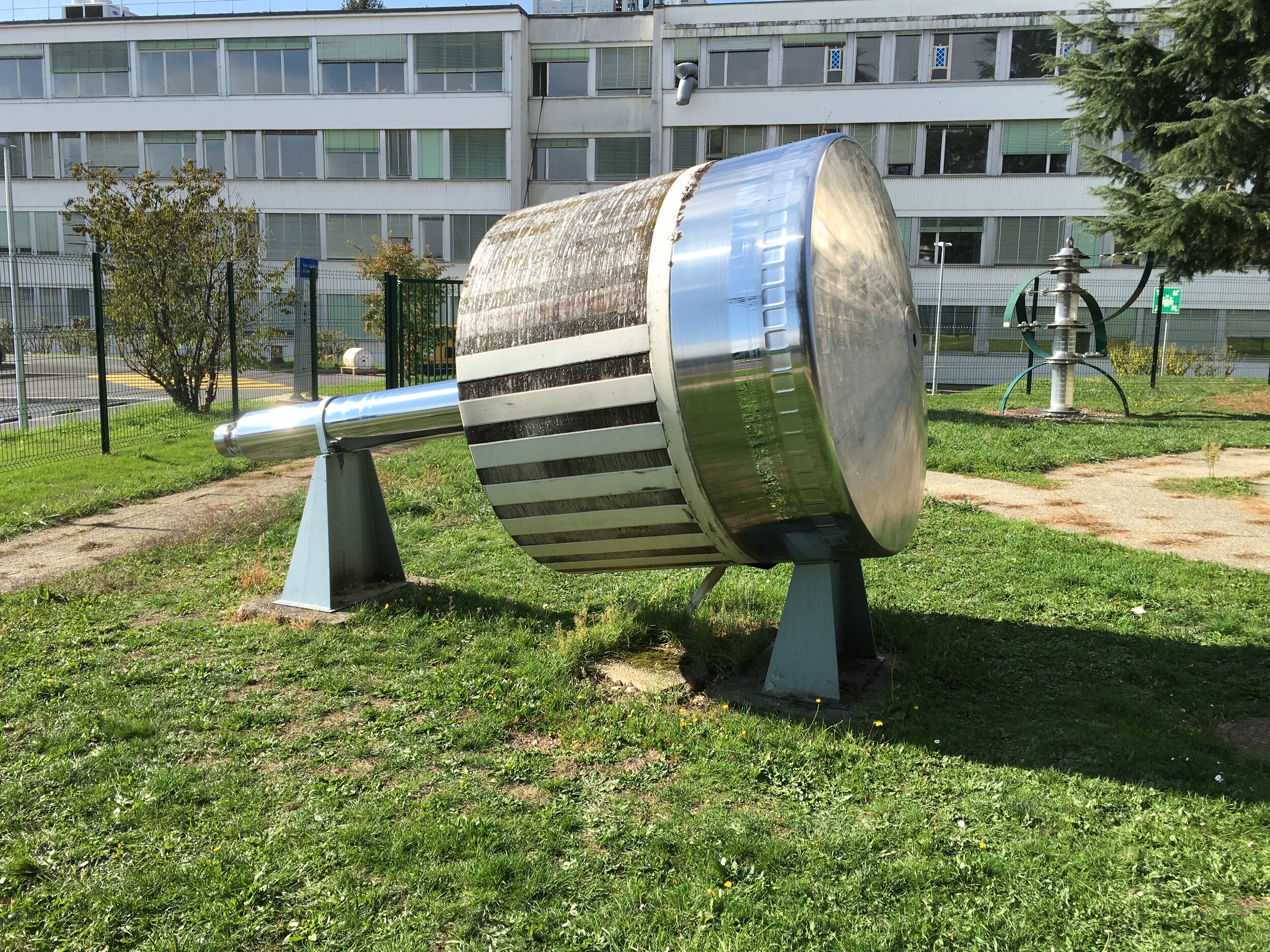
The BEBC can be seen in the accelerator garden, part of the Microcosm exhibition at CERN, and it feels like some kind of lunar landing capsule prototype. It was filled with roughly 30m³ of very cold liquefied gas, and placed in the beam-line of the accelerators. High energy collisions would take place within it, and new particles would be created, and then decay.
To make a measurement, a huge piston would rapidly drop the pressure, causing the liquefied gas to boil. The gas would form bubbles anywhere that there was a ‘seed’ to allow this, such as the trail of ionisation left by the passage of a high velocity charged particle.
The whole thing was done in a magnetic field, as this would cause the path of the particles to curve. The radius of curvature could give information on the charge to mass ratio. The density of ionisation would give information on the charge, and the the length of the track (if it stopped in the chamber) would give information upon the energy of the particles. These measurements could be combined to identify the particles involved.
The collisions would not usually be in the plane of the photo, they would take place in 3D space, and so to get the full information, the paths would need to be recorded using photographs from multiple angles. These photographs would each be on a negative a few cm wide and maybe 20cm long - back when I was a student, my prof would give away these photos as bookmarks (I wish I had a supply!) These would be wound onto big reels of films. Some 3000km of photos, roughly 6.3million photos were taken over the course of the operation (the LHC today records this much data in two hours).
The photos needed to be digitised for analysis on mainframes. Storage was at a premium, and so skilled people would manually examine the photos. This was done by projecting each slide downward onto a large table. The table would have a cross on it, and using a trackball the operator would move the projection around. They would align points on the track with the cross, and push a button to capture the coordinates, hence digitising the line. To get the path in 3D, this had to be repeated using a photo from a different angle. A large part of the job was knowing which slides were not worth digitising. I remember my prof saying the operators were known as ‘girls’, regardless of gender.
This was a slow process, and in 1968 George Charpak developed the multiwire proportional chamber (earning the Nobel Prize in 1992). These, and other detectors, eventually replaced bubble chambers allowing data to be collected digitally, vastly accelerating the rate of data capture.
Links
Golden Jubilee Photos - Bulletin Issue: 20/2004, Mon 17 May 2004
Title Image - D meson production and decay - ©1978, CERN, used under these terms
In the tracks of the Bubble Chamber, CERN Courier, July/Aug 2004
Recent Physics Posts
More Physics Posts


